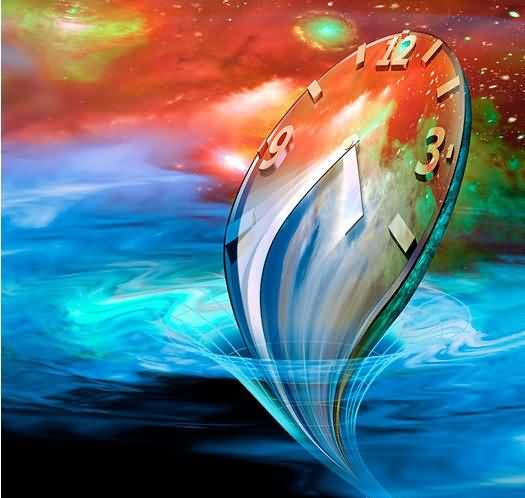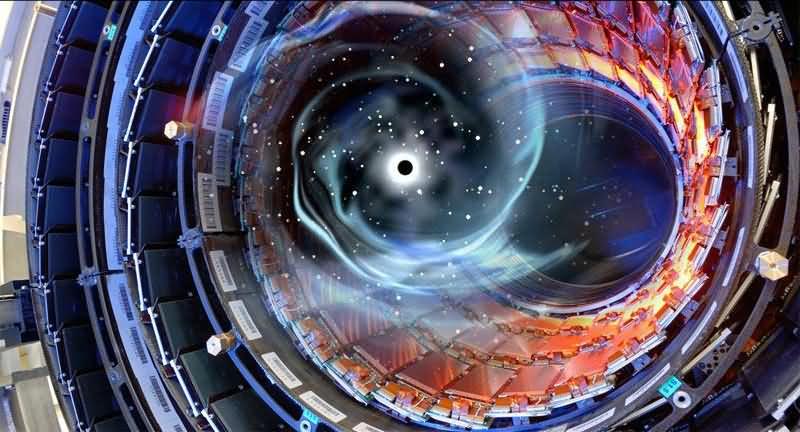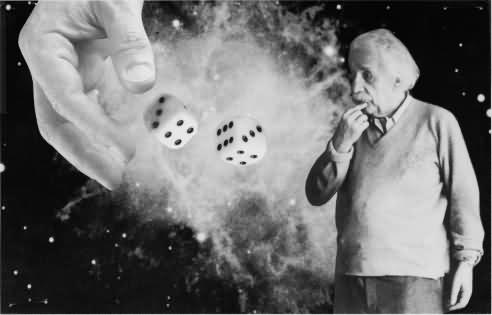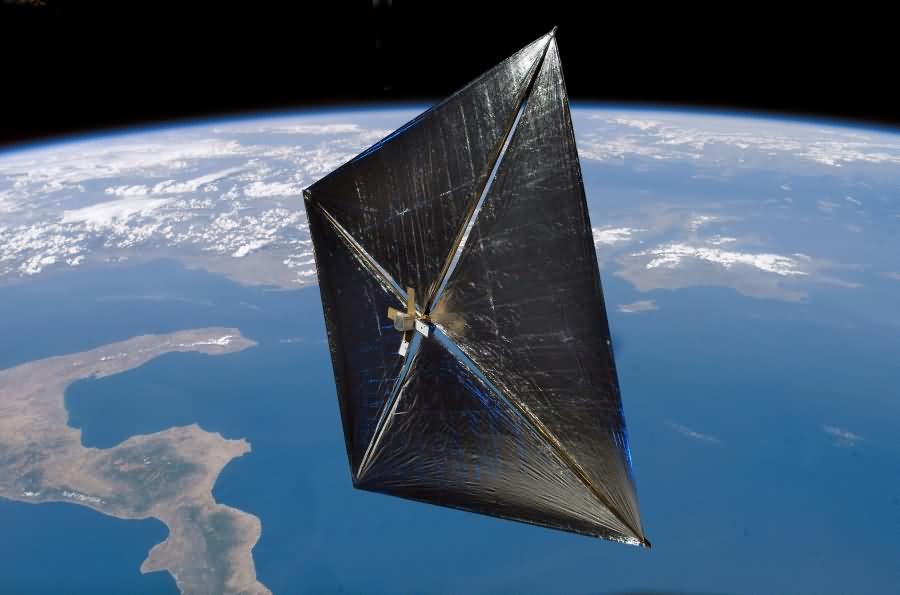Why Does Time Slow Down When We Accelerate Near the Speed of Light?
I've been asking this question for a long time, but I'd never bothered to investigate. Now, when I read The Elegance of the Universe, I saw the explanation. I decided I should explain it. It won't be easy, but we'll see.
According to the theory of relativity, the highest speed attainable in the universe is the speed of light. And the closer you get to the speed of light, the slower time will slow down for you. Einstein first developed the theory of special relativity. This theory emphasized the constancy of the speed of light and the relativity of time and motion to individuals. However, special relativity conflicted with Newton's theory of gravity. According to Newton's theory of gravity, for example, if our sun were to suddenly disappear, the Earth would instantly escape its gravitational influence. However, this conflicts with special relativity. Because according to special relativity, no information can be transmitted faster than the speed of light. Since information travels from the sun to Earth in 8 minutes at the speed of light, this shouldn't be the case. Einstein realized that Newton's theory of gravity had collapsed and that he needed to develop his own theory of gravity. Special relativity was replaced by general relativity. Einstein later stated that special relativity was child's play compared to general relativity, explaining how challenging general relativity had been for him.

A picture drawn to show the time difference before and after the journey of a person moving at the speed of light.
The real story begins here. I won't go into gravity. According to the theory of relativity, time is a fourth dimension. Let me explain. When you meet someone, you give them an address. In space, it's with these coordinates, but in three dimensions, there are three coordinates. You also give them the time. So, time is a coordinate. Einstein started from this point and later added mathematical equations to conclude that time is a fourth dimension.
And here comes the kicker. Everything in the universe moves at the speed of light. How? Read on.
Let's give an example. Let's say we have two people, Selçuk and Onur. We have a car that instantly reaches 100 km/h. Selçuk drives it on a 10-kilometer road. Onur calculates the time. Naturally, Selçuk completes the journey in 6 minutes each time. However, Onur sees that the last three times aren't 6 minutes, but rather 6 minutes, 10-15 seconds. He tries hard, but can't figure out why. A car traveling at 100 km/h should cover 10 km in 6 minutes. Selçuk explains why. In the last three times, the sun is on the other side, blinding him. Instead of taking a straight line, he takes a slightly curved road, ending 5-10 meters to the right of the starting point. When you draw a timetable, the simplest explanation is that the road lengthens. But a more detailed explanation is this: In the first few runs, the entire 100 km/h is used for the forward line, while in the last three runs, a portion of it is used for the left and right lines. Therefore, it takes longer to finish.
Now, what did we say? Everything in the universe moves at the speed of light, but how? It's like this. You use almost all of the speed of light in the time dimension, or the 4th dimension. If you approach the speed of light in 3rd dimension, most of the constant speed is used in 3rd dimension, not time. Therefore, time slows down for you.
I hope you understand :)
Of course, reaching the speed of light is impossible for massive objects. We can only get close.
See you in my next article, stay well.










We had a fight with my dad, he doesn't believe it.
Well, he doesn't travel in time, as his matter doesn't slow down when he reaches high speed.
The rate of aging of matter is slowing down.
It's a nice and philosophical approach, but the last part seems a bit out of place in terms of explanation. It's clearly not your fault; there's effort involved, but not nearly enough to make a meal. :)